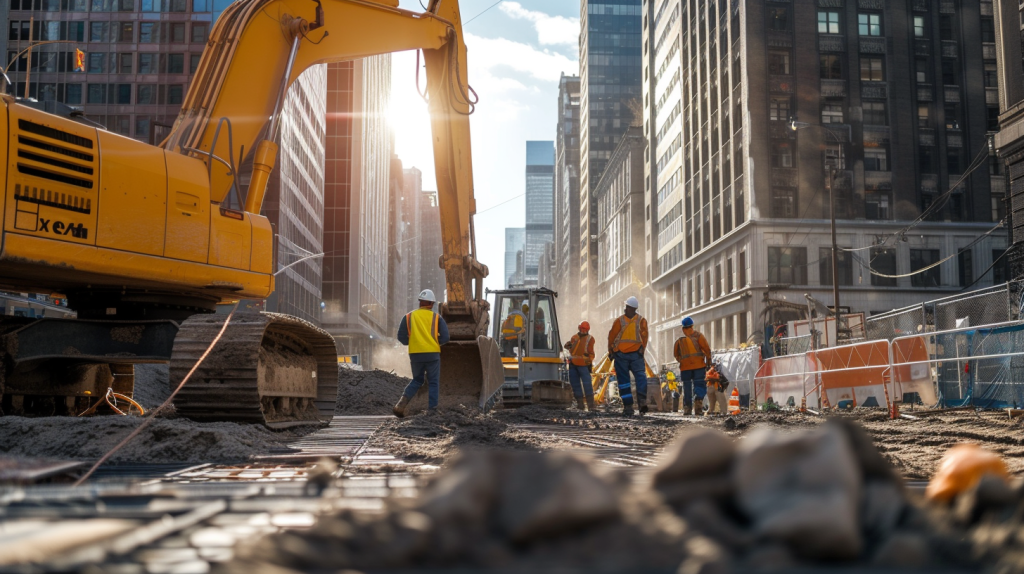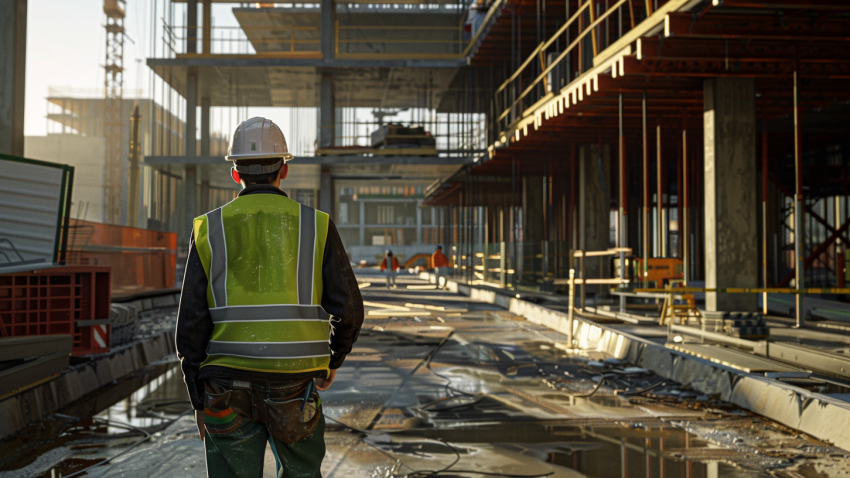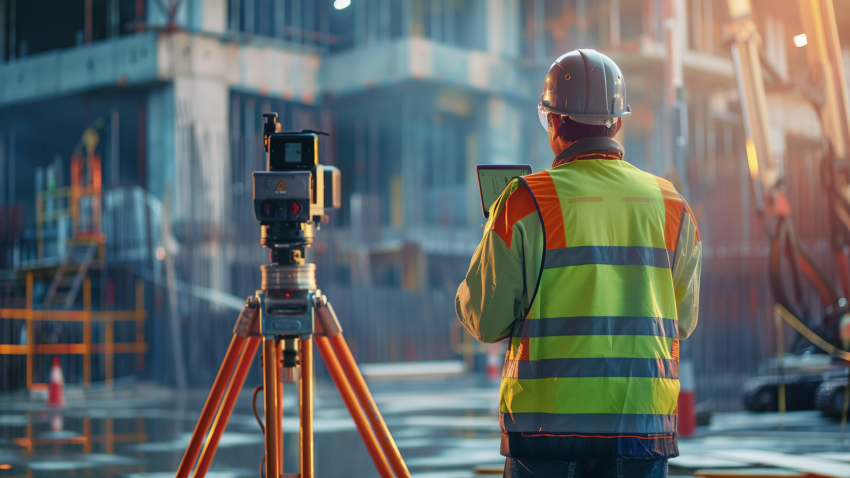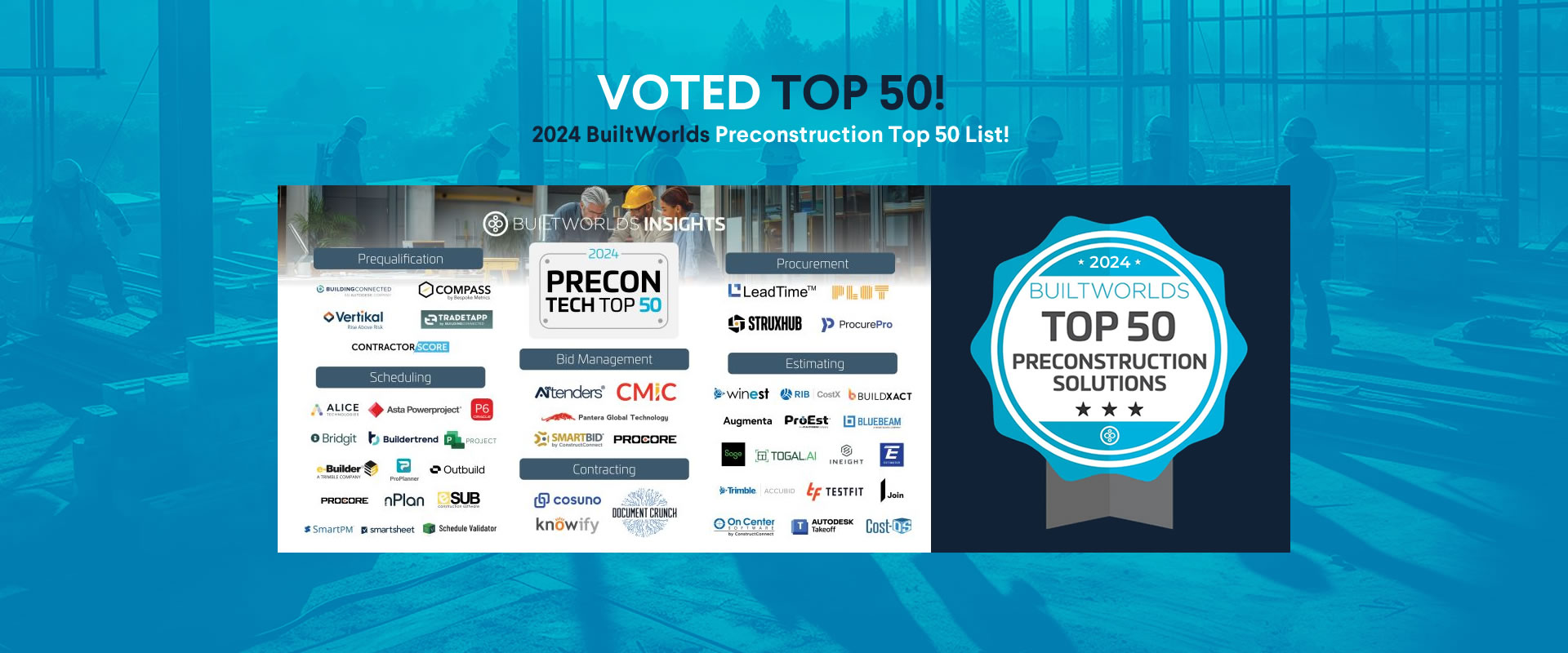Top 7 Tips for AI-Enhanced Inspections and Reporting for Superintendents in Commercial Construction
Hey there! Let’s take a deep dive into something genuinely exciting and transformative in the construction industry – the integration of Artificial Intelligence (AI) in quality control. As we stand on the cusp of a new era in construction management, it’s thrilling to see how AI is reshaping the role of superintendents, especially in the realm of inspections and reporting.

The AI Revolution in Construction
AI is no longer just a buzzword; it’s a real game-changer in the construction sector. Its ability to process vast amounts of data, recognize patterns, and learn from outcomes is revolutionizing how we approach construction projects. For superintendents, this means a significant shift from traditional methods to more efficient, accurate, and safer practices.
Why AI in Quality Control?
Quality control is critical in construction. It’s all about ensuring that the project is up to the mark, safe, and adheres to all standards and regulations. However, traditional methods of quality control can be time-consuming, prone to human error, and often retrospective. AI changes all this by bringing in proactive, predictive, and precise capabilities.
The Impact on Superintendents
As a superintendent, embracing AI in quality control not only boosts the efficiency and accuracy of your projects but also enhances your decision-making process. With AI, you can anticipate problems before they occur, automate routine inspection tasks, and generate comprehensive reports with ease. This not only saves time and resources but also elevates the overall quality of your work.
Now, let’s explore the top 7 tips for leveraging AI in your quality control processes. These tips will not only give you insights into harnessing the power of AI but also help streamline your operations, ensuring top-notch quality in all your projects.
1. Embrace Automated Inspection Systems
Automated inspection systems are like your high-tech allies on the construction site. These AI-driven tools can continuously monitor your site, identifying issues that might be missed by the human eye. They can assess structural integrity, detect anomalies, and even predict areas that might need attention in the future.
Going Beyond the Surface
These systems go beyond surface-level inspections. They can analyze the data over time to identify trends, helping you understand the long-term implications of any detected issues. This level of analysis is invaluable for maintaining high-quality standards throughout the lifecycle of a construction project.
2. Utilize AI for Real-Time Monitoring
Real-time monitoring is like having a guardian angel overseeing your project. AI tools can provide live feeds and updates on various aspects of the construction process. This isn’t just about tracking progress; it’s about having an immediate response to any arising issue.
The Power of Instant Alerts
Imagine getting instant alerts if something goes off track or if there’s a potential safety hazard. This immediate feedback loop allows you to take swift action, preventing minor issues from escalating into major problems.
3. Leverage Predictive Analytics
Predictive analytics is akin to having a futuristic vision in construction management. By analyzing historical data and current project trends, AI can forecast potential problems, allowing you to preemptively address them.
Anticipating the Future
This foresight is crucial for resource allocation, scheduling, and even budgeting. Predictive analytics helps you stay one step ahead, ensuring smoother project execution with fewer surprises.
4. Implement AI-Powered Reporting Tools
Reporting is an essential yet often tedious part of quality control. AI-powered reporting tools can automatically compile data, analyze trends, and generate detailed reports. This not only saves valuable time but also provides insights that might be overlooked in manual processes.
Data-Driven Decisions
With these tools, your reports are not just about what has happened but also about what these trends mean for your project. This level of detail aids in making informed, data-driven decisions.
5. Enhance Quality Assurance with Image Recognition
Image recognition technology in AI is a powerful tool for quality assurance. It can analyze images from the site to identify defects, inconsistencies, and potential risks that might not be visible to the naked eye.
A New Perspective on Inspection
This technology offers a new perspective on inspection, providing a comprehensive view of your project’s quality. It’s about adding another layer of accuracy and assurance to your quality control processes.
Chekota ewhart | Superintendent | Turner Construction
“We don’t even have to think about deliveries anymore. We just turn on some site logistics restrictions, and it basically runs itself now.”
6. Train Your Team on AI Integration
Integrating AI into your operations is not just a one-person job. It’s essential to ensure your team is well-versed in these technologies. Training your team on AI integration means empowering them to contribute effectively to the project’s quality control.
Building a Tech-Savvy Team
A team that’s knowledgeable about AI tools can work more efficiently and confidently. This collective proficiency is key to maximizing the benefits of AI in your projects.
7. Stay Updated on AI Advancements
The field of AI is rapidly evolving, with new advancements happening all the time. Staying updated on these developments ensures that you are leveraging the most cutting-edge tools and techniques in your quality control processes.
Embracing Continuous Learning
Keeping abreast of the latest AI trends and tools can give you a competitive edge. It’s about embracing a mindset of continuous learning and improvement, ensuring that your quality control methods are always ahead of the curve.
In conclusion, integrating AI into your quality control processes is not just about keeping up with technology; it’s about leading the way in construction quality and efficiency. By embracing these seven tips, you’re not only enhancing your capabilities as a superintendent but also setting new standards in construction management. Here’s to building a smarter, safer, and more efficient future in construction!
StruxHub is a construction project management software that helps you manage projects from start to finish. It offers features like task management, document management, and communication tools. StruxHub can help you save time and money, improve communication, collaboration, and decision-making.
To learn more about how StruxHub can streamline your construction management processes, request a demo today. By completing our form, you’ll hear from our team soon to discuss how StruxHub can help you:
- Schedule construction material deliveries with your trades
- Coordinate construction site resources and on-site logistics
- Digitize work permits and inspection forms
- Communicate and track P6 and Excel schedules
- Broadcast announcements to all construction workers
Don’t miss out on the opportunity to optimize your construction management processes with StruxHub. Sign up for a free demo today.

StruxHub
Experience the power of StruxHub today and witness firsthand how it can revolutionize your construction operations.



